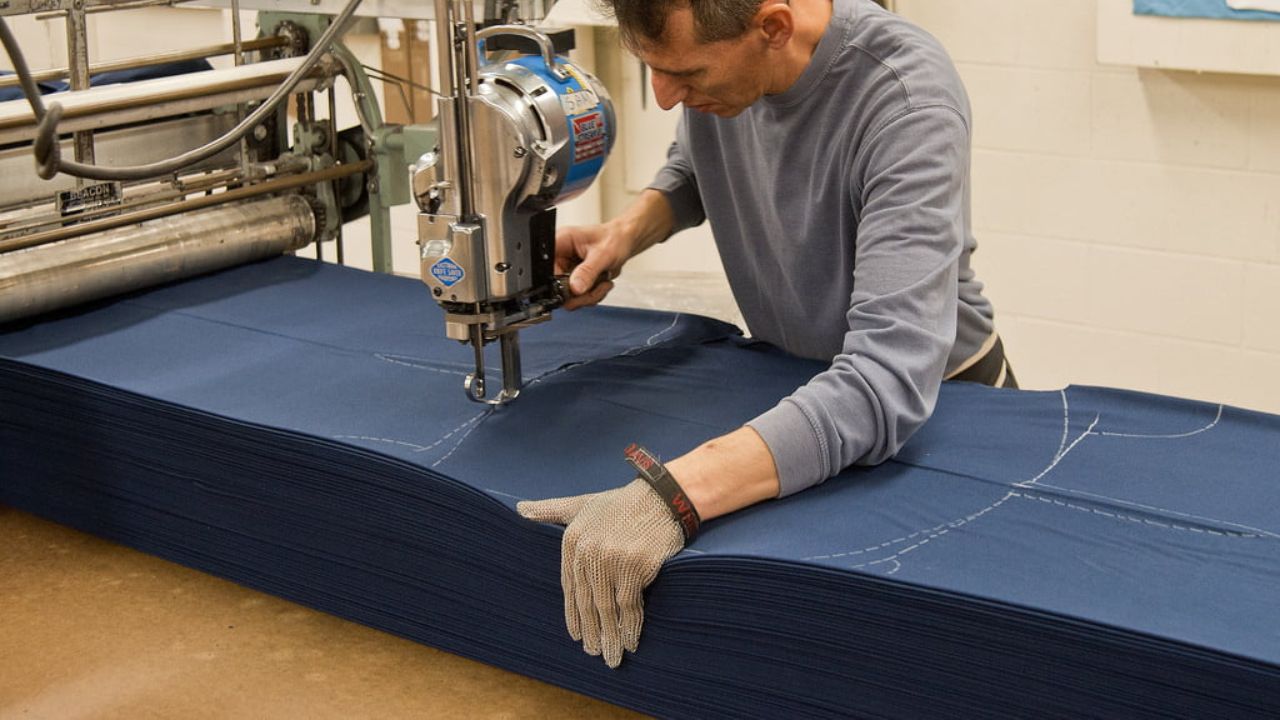The process of fabric cutting ranks as one of the most important in the manufacturing of textiles and apparel. If it is for technical textiles, upholstery or fashion garments, the cutting has to be precise to ensure the efficiency of the production process and the quality of the end product. Manual cutting has been used as the standard approach to fabric and garment cutting for the past several decades. There is now technology which is unrivaled in terms of precision, speed, and cost effectiveness, thanks to CNC technology (https://www.trustercnc.com/garment-fabric-cutting-machine/). To understand the new tech and the industry’s reason for adopting automation, understanding the difference between CNC cutting and manual cutting is important.
Speed and Productivity
The speed of production is a crucial difference as well. Even the best manual cutters take a long time to accomplish difficult, complex patterns, and in the case of bulk orders, their time is multiplied. It is common for multiple manual cutters to be in a race to outdo each other to complete a task that could easily be done by one automated machine. In contrast, CNC cutting machines can selectively operate at high speeds, with many models reaching a maximum of 1500mm in one second. Automated cutters also possess the ability to cut through multiple layers of fabric at one time, lowering the time for production drastically. This machine is best for factories that are under high pressure because of tight deadlines or from the global supply chain.
Labor and Cost Efficiency
The common approach to cutting, which is manual labor, requires enormous amounts of time and resources, as workers have to unfold cloth, attach sketches, and cut cloth in straight lines. Increasing expenses and the qualities of workers, such as a cutter, become a concern as well. On the other hand, the use of CNC cutting machines is a more efficient method as the use of manual labor is greatly diminished. Automated cutting, nesting, and other systems allow the cutting machine to be supervised by one worker rather than several. Even though the CNC machines take a bigger toll on investments, the savings on labor, waste, and costs, as well as the greater efficiency, would make this an incredibly profitable machine in the future.
Material Utilization and Waste Reduction
In the production of textiles, the leftover fabric due to the sewing of garments is an ever-growing concern, as the cut portion of fabric waste also costs a great deal. Fabrics that are cut manually, scattered and of no use. CNC cutting machines have an extremely intelligent nesting program that places the pattern on the cloth in an efficient way, hence fabric waste is minimized. This type of optimization method reduces waste, in other words, fabric savings of more than ten percent, thus making the production of textiles more cost-efficient as well as meeting the fabric conservation targets. This, alongside the cost, makes these CNC-cut machines highly efficient and sustainable.
Quantity and Quality Assessment
The manual cutting process of fabrics also suffers from a lack of consistency due to variations in hand pressure, cutting angles, and even fatigue. CNC cutting machines maintain uniformity irrespective of the repetitions, and every cut ensures exact dimensions. And in the world of fashion, where the balance of creativity and technology is required, standardization across collections is as crucial as tolerance in technical industries.
Return on Investment
The investment in cutting is lower for companies that opt for manual cutting since they do not have to spend money on any CNC equipment; however, investing in manual cutting is labor and time-intensive. In contrast, investing in CNC cutting machines is quite expensive; however, spending money on CNC machines can be justified given the efficiency, time saving, labor saving, and decreasing waste in the cutting process.
The Future of Cutting in Manufacturing
The market these days is heavily focused on sustainable practices, demanding customized and fast fashion products. The cutting limitations of manual cutting are becoming more evident as the demand for these features increases. Unlike manual cutting, CNC machines fulfill these requirements and integrate easily with other digital designs and production systems. They also extend to the broad textile industry’s future cutting solutions with the ability to scale, minimize waste, and ensure production quality. In the competitive era of fashion and textile manufacturing, DIY art and manual cutting can still be used for small-scale production; however, CNC technology has become essential.
Conclusion
In comparing CNC cutting with traditional manual cutting, it is evident that automation is an advantageous feature in manufacturing today. CNC technology is more accurate, faster, more efficient, uses fewer materials, more uniform and consistent than manual cutting. Manual cutting still has its uses, but with CNC, cutting is more reliable. Companies that wish to remain competitive must understand that in this day and age, having technology like CNC fabric cutting is more than just an improvement; it is an investment that will pay off.

